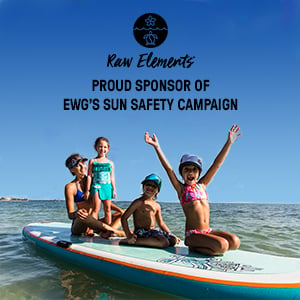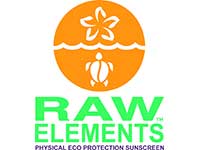

Americans do not do enough to protect their skin from sun damage and prevent skin cancer. Because we are stronger together, Environmental Working Group, forward-thinking companies and concerned citizens are teaming up to make a difference.

Kids are more vulnerable to sun damage. A few blistering sunburns in childhood can double a person's lifetime chances of developing serious forms of skin cancer. The best sunscreen is a hat and shirt. After that, protect kids with a sunscreen that's effective and safe.
Take these special precautions with infants and children:
Infants under six months should be kept out of direct sun as much as possible. Their skin is not yet protected by melanin. So when you take your baby outside:
Sunscreens are an essential part of a day in the sun. But young children's skin is especially sensitive to chemical allergens - as well as the sun's UV rays.
Sometimes school and daycare policies interfere with children's sun safety. Many schools treat sunscreen as a medicine and require written permission to use it on a child. Some insist that the school nurse apply it. Some ban hats and sunglasses. Here are a few questions to ask your school:
Teenagers coveting bronzed skin are likely to sunbathe, patronize tanning salons or buy self-tanning products - all bad ideas. Researchers believe that increasing UV exposure may have caused the marked increase in melanoma incidence noted among women born after 1965. Tanning parlors expose the skin to as much as 15 times more UV radiation than the sun and likely contribute to the melanoma increase. Many chemicals in self-tanning products have not been tested for safety; dihydroxyacetone, a self-tanning chemical most frequently found in these products, is not approved by the FDA for use around the eyes. For more tips, check out EWG and Keep A Breast’s 2014 Teen Sunscreen Guide.
To parents of teens: Be good role models - let your teen see that you protect yourself from the sun. Tan does not mean healthy.
 />
/>


Want to see how your favorite sunscreen rates in EWG’s Sunscreen Database? The EWG Sunscreen Database update is coming in late May.











